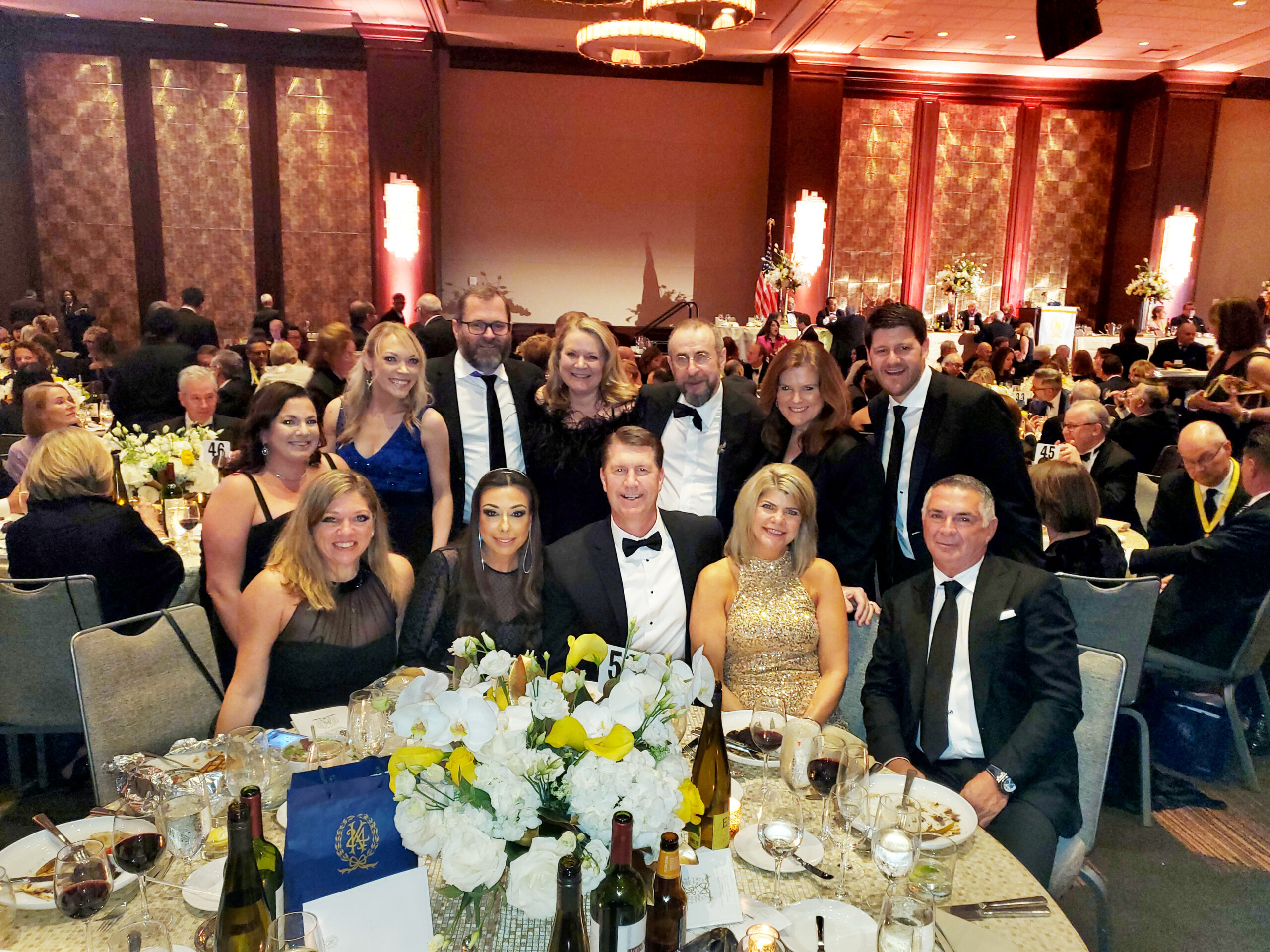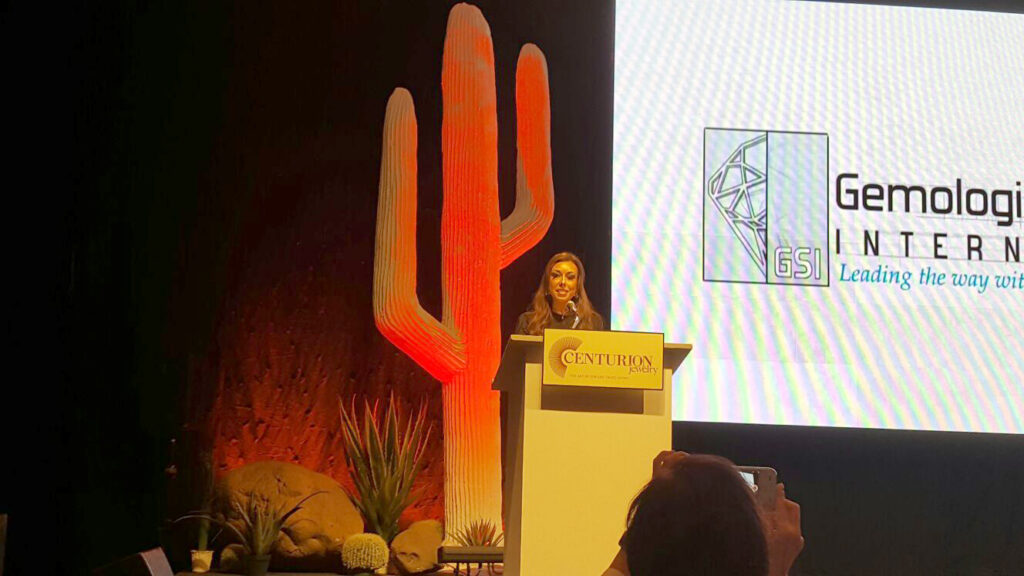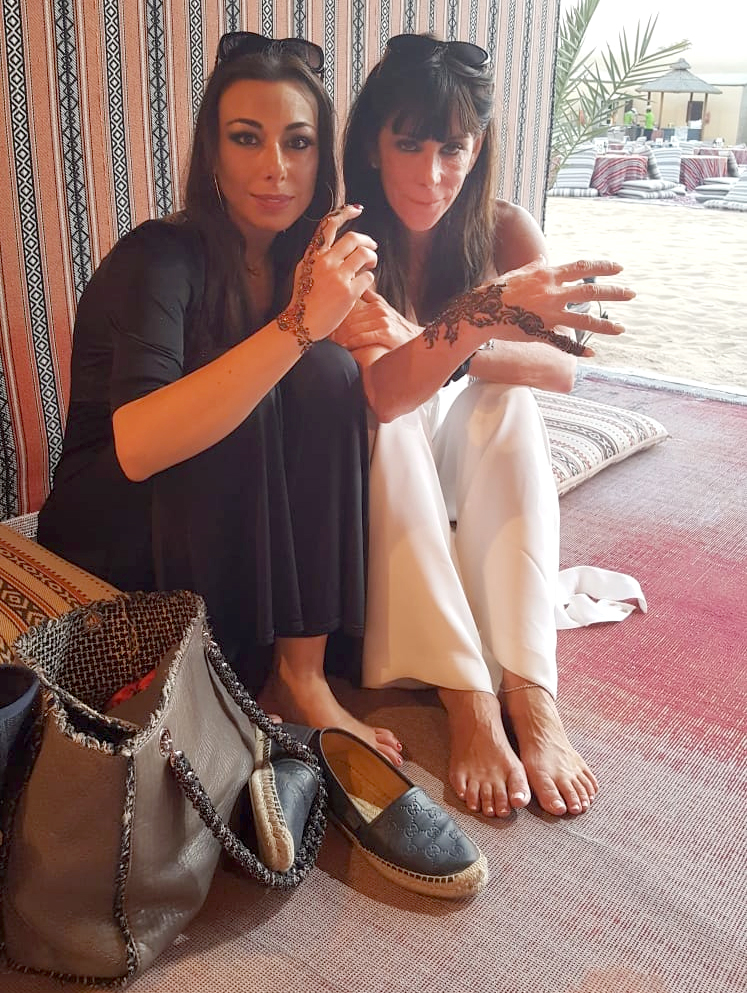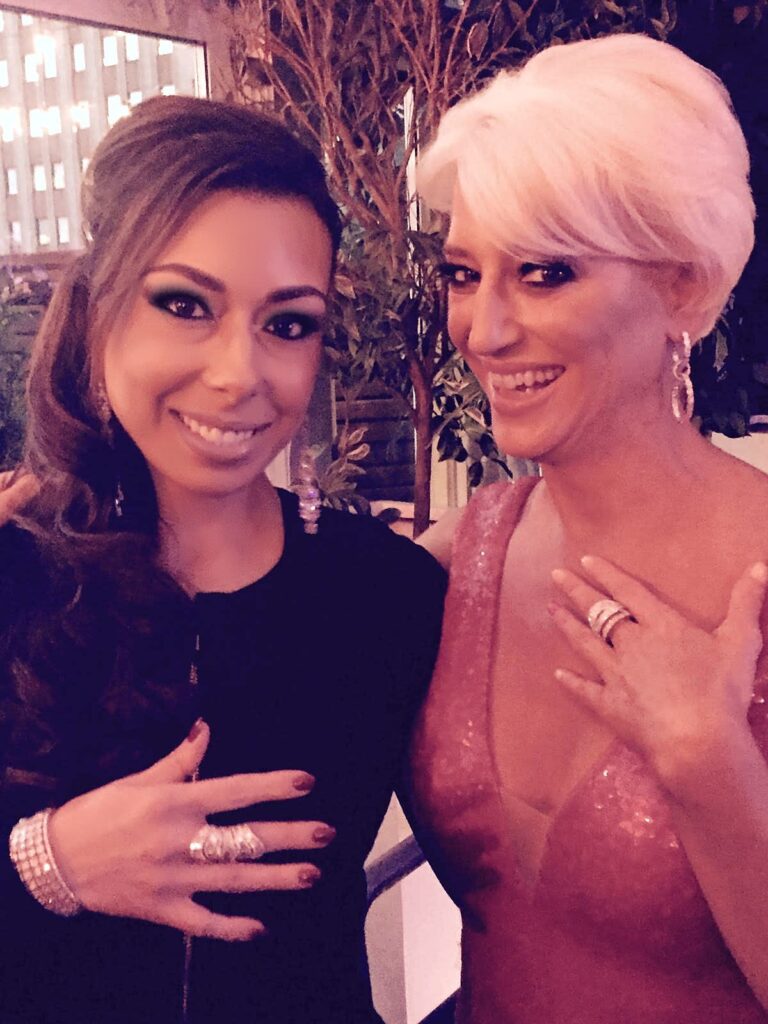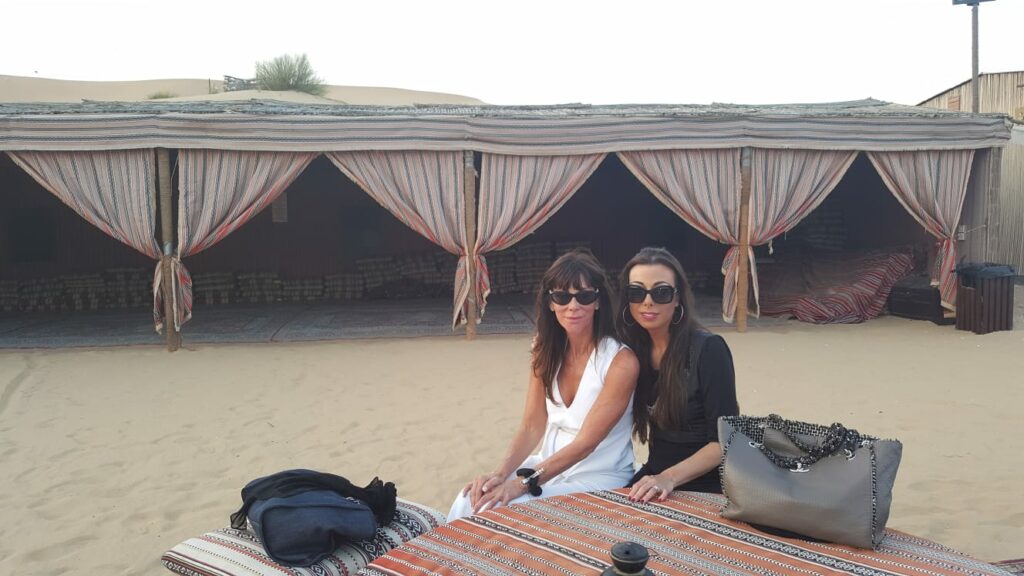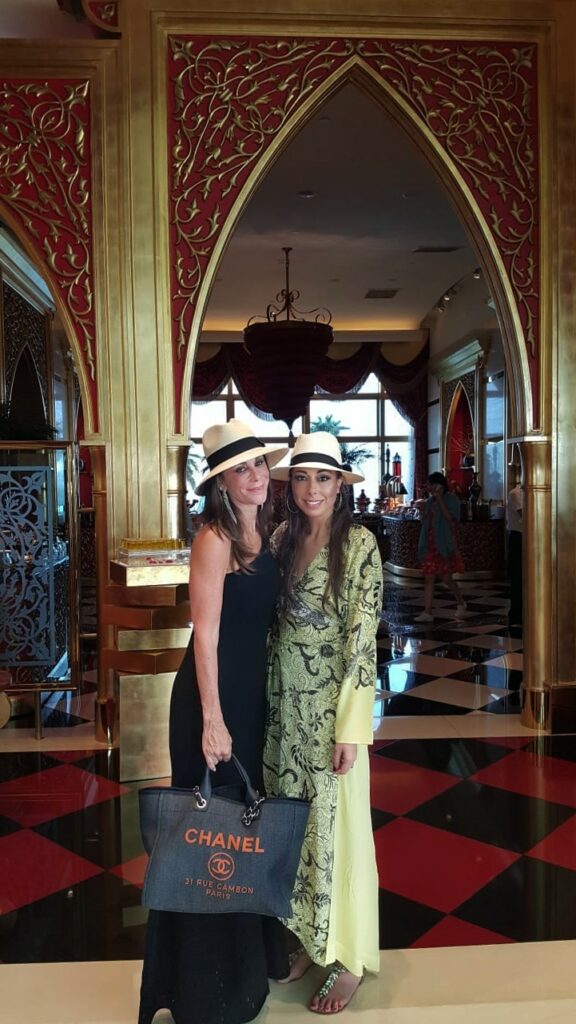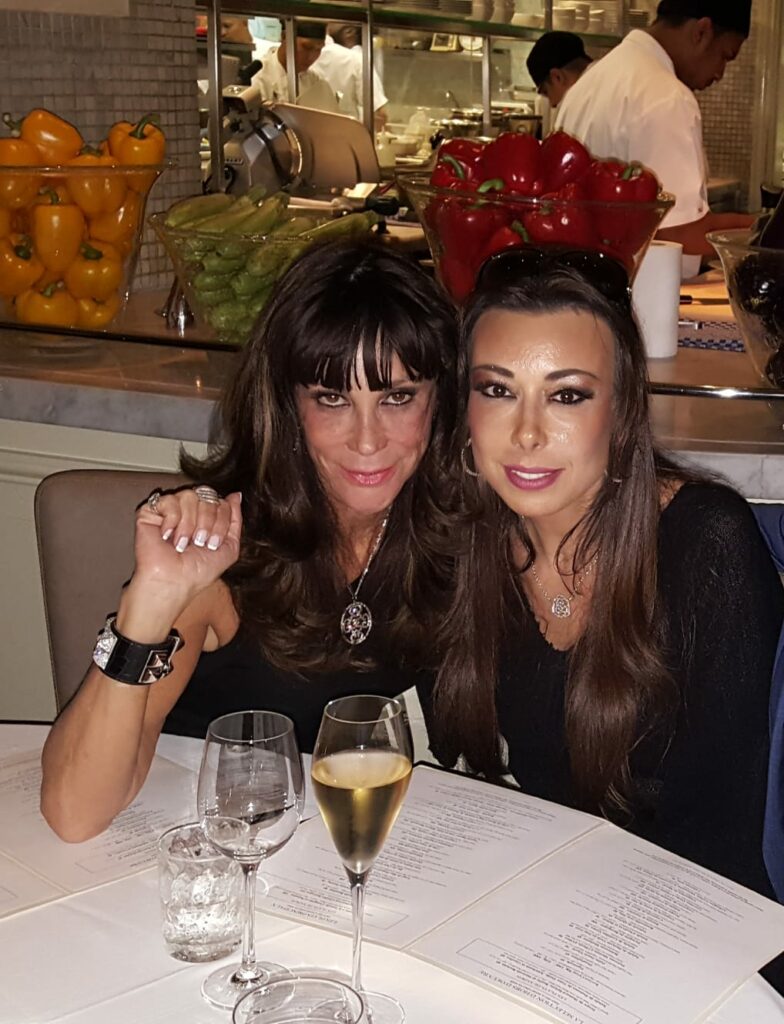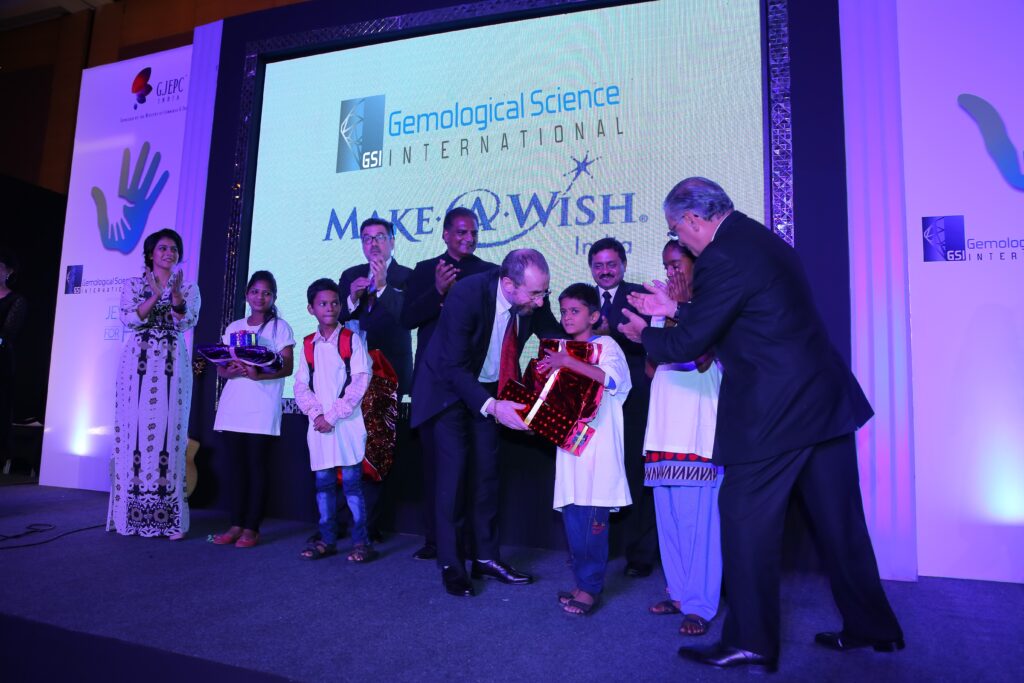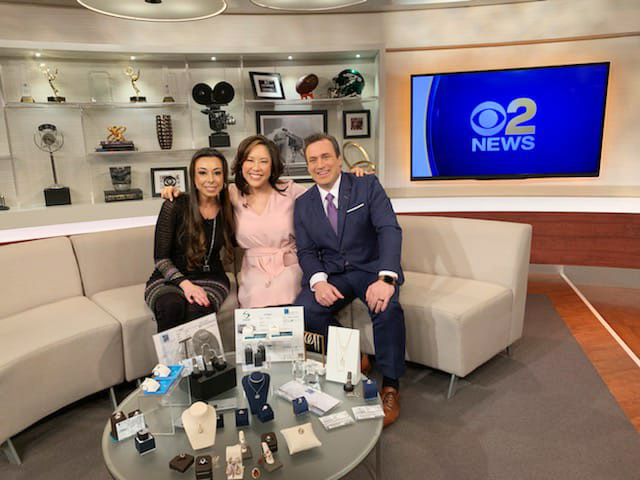Pearls are a classic gem, known as the “queen of gemstones.” Pearls are composed of calcite and aragonite, which are forms of the mineral Calcium carbonate (CaCO3). They occur in a large variety of colors, and can be cultured or natural.

A natural pearl forms when an irritant is lodged in the mollusk (i.e. oysters). It then begins to naturally secrete Calcium carbonate (CaCO3), called “Nacre,” over it.
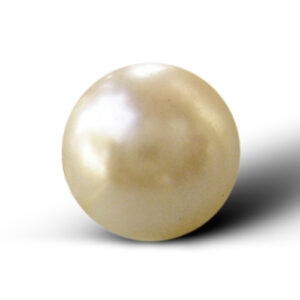
On the other hand, a cultured pearl is created by implanting a bead or tissue in an oyster; whereby the oyster begins secrete Nacre over them. This is usually done by saltwater or freshwater mollusk farmers who produce these pearls under controlled conditions.
CaCO3, in the form of the mineral Aragonite, combines with organic compound called conchiolin in the mollusk to form “Nacre.”

Nacre, also known as mother of pearl, is produced by molluks as seen as the inner side of shells, or else the outer secreted layers of pearls. This gives an attractive iridescence and luster to the pearl.
The name Pearl is derived from the french word “perle,” originating from the Latin “perna,” meaning leg from the bivalve. Pearls are mentioned in the Hindu Puranas, Hebrew scriptures, and the New Testament.
A symbol of purity and loyalty, pearl is the birthstone for the month of June.
Pearls come in nearly all colors of the rainbow.
Formation
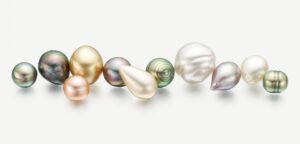
Pearls form inside a mollusk in saltwater and freshwater environments. When these have the proper balance of nutrients and favorable conditions, these animals form their shells and pearls.
Localities
Pearls are found worldwide in freshwater and saltwater environments.These include deep or shallow marine and terrestrial environments where mollusks reside. Freshwater locations mainly include China. Saltwater locations include Japan, French Polynesia, and Australia.
Properties
Pearls are fairly soft due to the crystalline structure of the Calcium Carbonate. It has a hardness of 2.5 – 4.5 on the Mohs hardness scale. However, since it is usually in the form of aragonite with organic conchiolin, the shells and pearl nacre can be fairly tough.
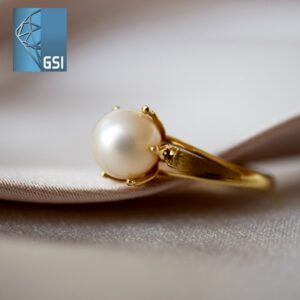
The pearl is delicate, but with appropriate handling and care in and out of jewelry, it will last a long time.
Common Treatments and Enhancements
Most commercially produced pearls are treated in order to improve their overall appearance. Rules for specific and proper treatment are established by the Federal Trade Commission. To enhance their natural color, bleaching may be routinely done with Hydrogen Peroxide to make it more vibrant. Color bleaching may include pink to chocolate coloration, and artificial black dying with silver salt.
Pearl Simulants
Pearls are usually a product of nature, but most gems have a synthetic counterpart. Any look-alike of a pearl is considered a simulant. Simulants may either be created or form naturally from materials such as glass, plastic, or actual mollusk shell.
Majorica Pearl Simulant Quality Factors
The pearl is evaluated by 7 value factors
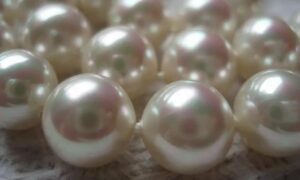
- Size
- Shape
- Color
- Luster
- Surface grading
- Nacre thickness
- Matching
When examining a pearl, the body color is the dominant color and overtones are the translucent colors present in the pearls. Along with a strong color, a better luster of pearls is most desirable.
Care and Caution
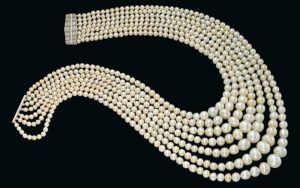
Pearls have relatively poor toughness, so it is important to be mindful when wearing and caring for them.
Avoid harsh substances such as chemicals, acid, alkalines, and extremes of humidity. To preserve the pearls’ color and radiance, it is advisable to be careful with substances such as perfume, hairspray, or cosmetics. Perspiration can affect the luster, so wipe pearls with a delicate cloth before putting them away.
Summary
For centuries, the pearl has been a timeless piece, and is one of earth’s most sought after natural gemstones. The continued global demand is a testament to their desirability. With proper care and knowledge, pearls can last for generations and carry on their value.
For these reasons, Gemological Science International is proud to offer services to assure the trade and consumers that their pearls are properly classified to the highest degree of quality.
References:
- https://www.gemologyonline.com/pearls.html
- https://www.purepearls.com/pages/real-or-fake-how-to-tell-if-your-pearls-are-genuine
- https://en.wikipedia.org/wiki/Pearl
- https://www.distinctivegold.com/blog/Post/2443/June-s-Birthstones-Pearl-and-Alexandrite
- https://www.thepearlsource.com/facts-about-pearls/how-are-pearls-made.php
- https://www.gemrockauctions.com/learn/technical-information-on-gemstones/pearl-treatments
- https://en.wikipedia.org/wiki/Imitation_pearl
- https://www.mikimotoamerica.com/pearl-care
Pictures:
https://www.indiamart.com/proddetail/round-natural-pearl-15123433988.html
https://www.winterson.co.uk/buying-guide/about-pearls
https://www.pearlsofjoy.com/blogs/blog/top-10-most-expensive-pearl-necklaces-in-the-world
About The Author
Debbie Azar is the Co-Founder and President of Gemological Science International (GSI), one of the largest gemological organizations in the world, and a distinguished leader in the global diamond and jewelry industry. As an executive with extensive knowledge of the jewelry and gem lab industries, her entrepreneurial skills and vision have helped GSI achieve rapid and continuous growth worldwide, establishing 13 leading-edge gemological facilities on four continents. She currently serves on the boards of the Jewelers Vigilance Committee, Responsible Jewellery Council, and Jewelers for Children, and is a member of the 24 Karat Club of New York. She has been featured in Forbes, Daily Mail, Good Morning America, Bloomberg, Bloomberg Businessweek, Fox Business, Fox5, CBS2, BOLDTV, Varney&Co, The Street, and NASDAQ, among others.




